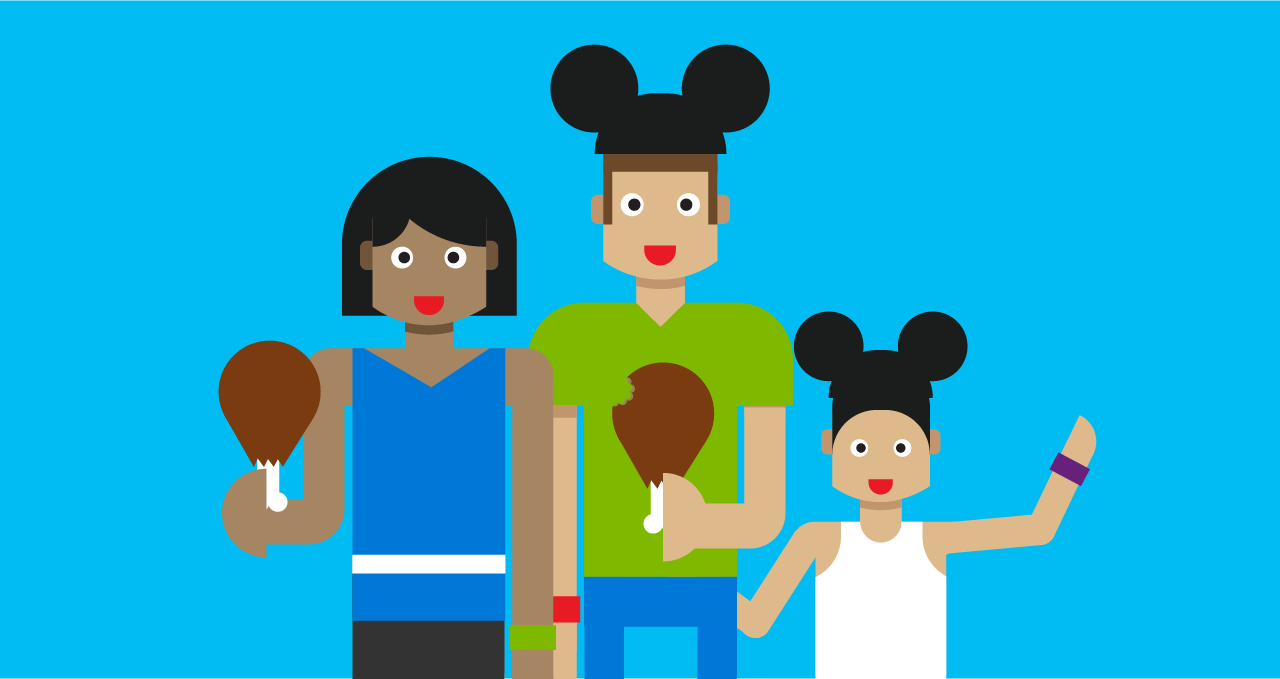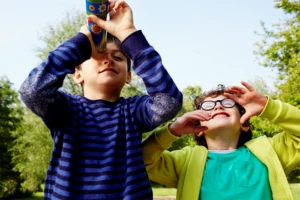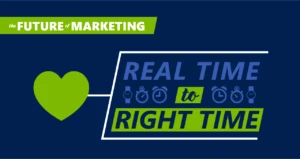
Data-Driven Fun: How Disney Uses Wearables to Sell $10 Turkey Legs
When you think “family vacation experience,” there’s a good chance that the Disney resorts come to mind. Walt Disney’s company has deliberately constructed experiences that deliver 100 percent on its brand promises of good, wholesome, family adventures.
Put our service to the test
When Disney invites people to be their guests, notes CRM expert and author Ray Wang, “they’re not just selling theme park or cruise tickets.” Disney is an end-to-end experience so deeply embedded in our global public consciousness that people are willing to pay premium prices because the experiential continuity will be so complete. “At a theme park, a cruise, even a retirement village, you know it’s Disney,” Wang says. “You know it’s going to be more expensive, you know you’re going to buy that $10 turkey leg, and you do it because of the experience—because of the brand.”
It is important to note, Wang highlights, which Disney is not competing against any other major wholesome family entertainment empires. “Disney is competing for your time and attention, not against any specific company, but against YOU and your choices.” And, Wang chuckles, the company has figured out how to refine customer experiences by gathering even more data.
Tale as old as time
Some resorts have lots of sand—but Disney has a hot wearable band! The Disney MagicBand is a small wearable device that allows its users to pay a premium to bypass lines on rides and automatically pay for things. It is also, Wang says, a way for Disney to gather data on customer behavior. “Now they know which rides you like. They know where people go in the park and when, what they buy, and when they go to the bathrooms.” This can help refine the overall design experiences in the park: the company can relocate concessions and open new restrooms according to usage patterns.
But more important, improving that customer experience with the brand helps Disney do the one thing it must do to make money: continue to compete with people’s time and attention. “Every time you’re reading a book that’s not Disney, or eating somewhere that’s not Disney, or watching a show or movie that isn’t Disney, they’re not capturing your attention.”
Beyond the bare necessities
Disney’s MagicBands, Wang explains, are an excellent case study for how a company can use data to drive the next set of customer experiences. “It helps people save time—and helps them fine ways to spend more money, all while finding ways to better capture their attention.”
And that kind of data-driven improvement of customer experiences is exactly why companies need continuity within their marketing, sales, and support systems, Wang posits. “It is the only way a company can continue to improve on how it delivers on its brand promises.”
To find out more about how to use lessons learned from Disney and other companies to improve customer experiences, tune in to Ray Wang’s free webinar, The Future of Marketing.
Watch Ray’s webinar now
Click here



